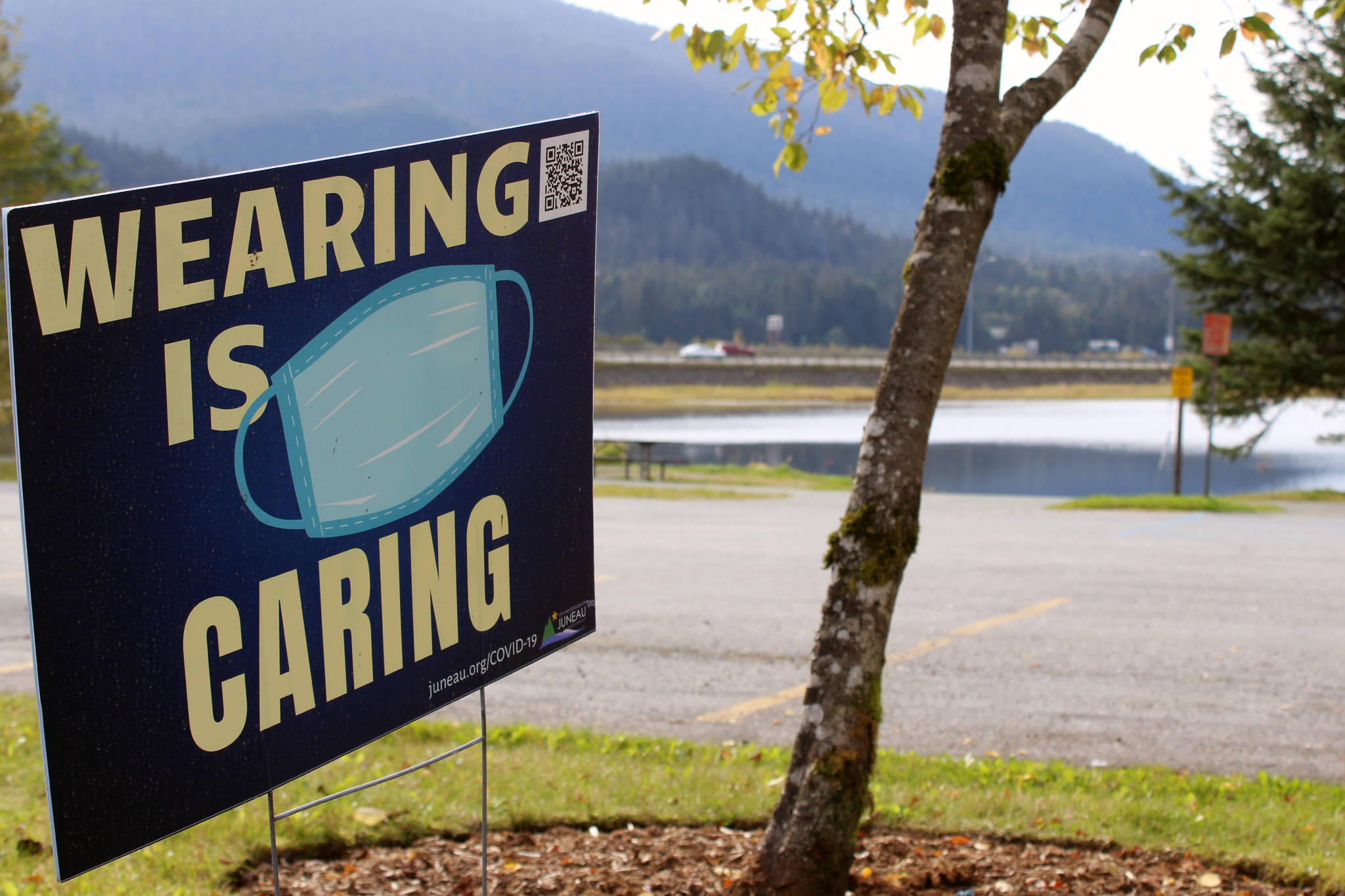By BECKY BOHRER
Associated Press
State health officials are asking Alaskans who test positive for COVID-19 to notify people they have been in close contact with because a surge in cases has strained public health resources and created a backlog in contact tracing investigations.
Dr. Joe McLaughlin, the state epidemiologist, said contact tracers “have been forced to triage cases to ensure they are reaching the people most at risk for severe symptoms and those most likely to spread the disease.”
“For newly reported cases, contact tracers try to make first contact the day the cases are reported, as well as provide monitoring calls to some of the highest risk individuals,” he said in a statement. “However, due to the delays in the process and some calls that can’t be initiated that first day, we recommend Alaskans call their own close contacts.”
[Health officials say vaccine could come next month]
A state health department spokesperson did not immediately answer questions about the backlog, including whether additional resources announced in late October were in place. At that time, Gov. Mike Dunleavy and the state health department said they planned to expand contact tracing using the National Guard and University of Alaska Anchorage staff.
The state health department reported 578 new COVID-19 cases among residents, bringing the total since the start of the pandemic to nearly 27,670. There have been 115 deaths among residents, including 13 announced Tuesday.
All regions of Alaska are under what the health department refers to as high alert, with widespread community transmission.
Health officials previously urged residents to help contact tracers by answering their phones and providing accurate information. Some people don’t want to participate in contract tracing, McLaughlin has said, possibly because of job-related pressures or COVID-19 “fatigue” — being tired of dealing with the pandemic.
Anyone can get COVID-19, and there “should be no stigma associated with this highly infectious disease,” Alaska’s chief medical officer, Dr. Anne Zink, said in a news release.
The health department said other states also are facing contact tracing challenges.
Health officials are urging Alaskans with a new symptom, such as fatigue, fever or shortness of breath, even if mild, to get tested and stay home while awaiting results. If someone tests positive, they are encouraged to contact those they have been within 6 feet of for longer than 15 minutes so those people can quarantine and get tested.
For most people, the coronavirus causes mild or moderate symptoms. For some, especially older adults and people with existing health problems, it can cause more severe illness, including pneumonia, and death.

